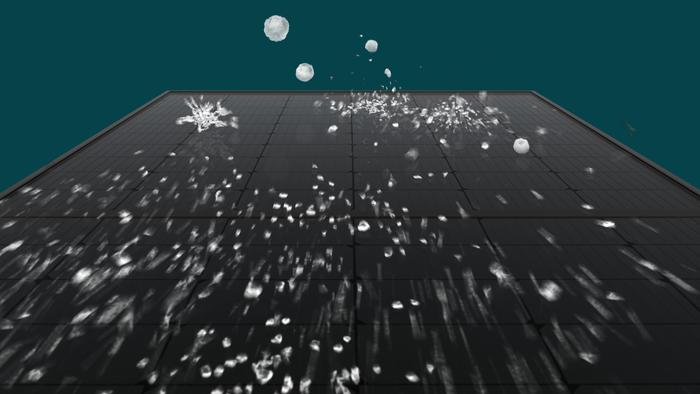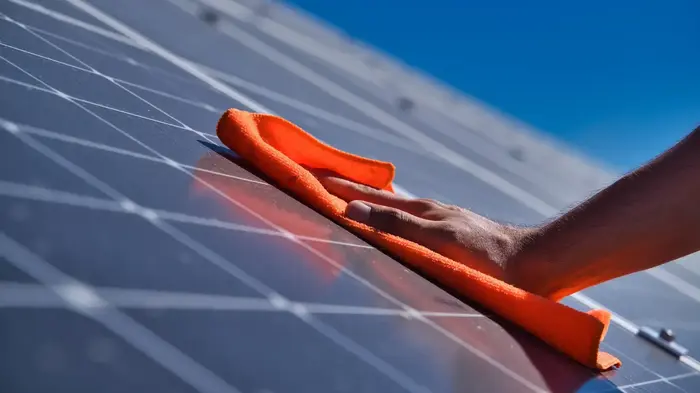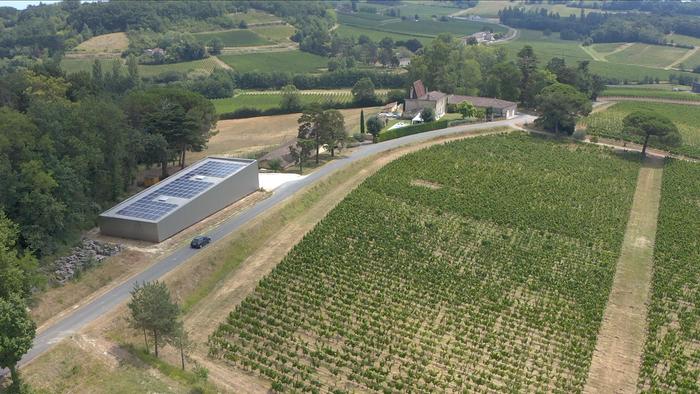Solar modules
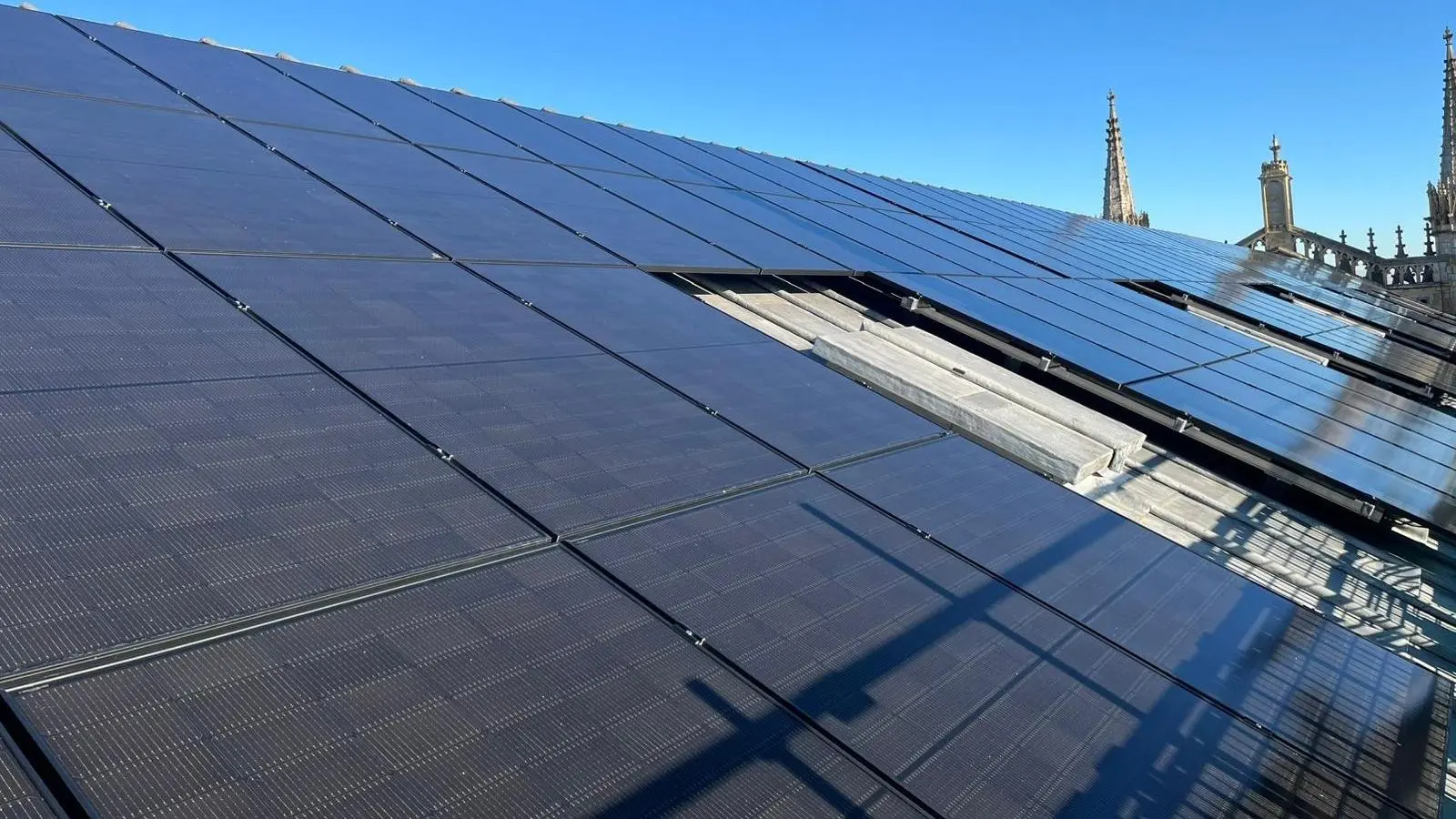
Solar panels, or photovoltaic (PV) modules, are at the heart of PV systems. They contain solar cells, connected in parallel or in series, and these convert solar radiation into electrical energy – your solar power.
In residential and small business environments, solar modules are usually mounted on the roof of the building. The output from the PV system that results from connecting all the modules depends on many factors, such as the number of modules, the module type and performance, the roof pitch, and amount of sunshine.
How are solar modules constructed?
Solar modules consist of several solar cells connected in series or in parallel. These are protected by a tempered glass pane, which forms the top layer of the module, and a film underneath. The sun’s rays penetrate the two transparent layers and then hit the solar cells, which convert the UV radiation into electricity. On the reverse side, the cells are protected by a foil in the case of glass-foil modules or another glass pane in the case of glass-glass modules.

Where are solar modules used?
Solar modules were developed back in the late 1950s for the space industry, to supply satellites with electricity. The oil crisis in the 1970s was ultimately the catalyst that spurred the construction of solar products for everyday applications. This led to the development of electrical devices such as pocket calculators or wristwatches powered by solar cells. Similarly, solar cells were also used in signalling systems and parking machines. At the same time, the first large-scale photovoltaic power plants were built to supply energy. Inexpensive thin-film modules were and still are mainly used in large-scale solar farms.
The idea of a decentralised energy supply, in which each building is fitted with its own photovoltaic system, emerged in the 1980s and has become more popular over time. Today solar modules are built and used all over the world. Photovoltaic technology has established itself as a pillar of green, renewable and sustainable energy supply.
Glass-glass modules from SOLARWATT.
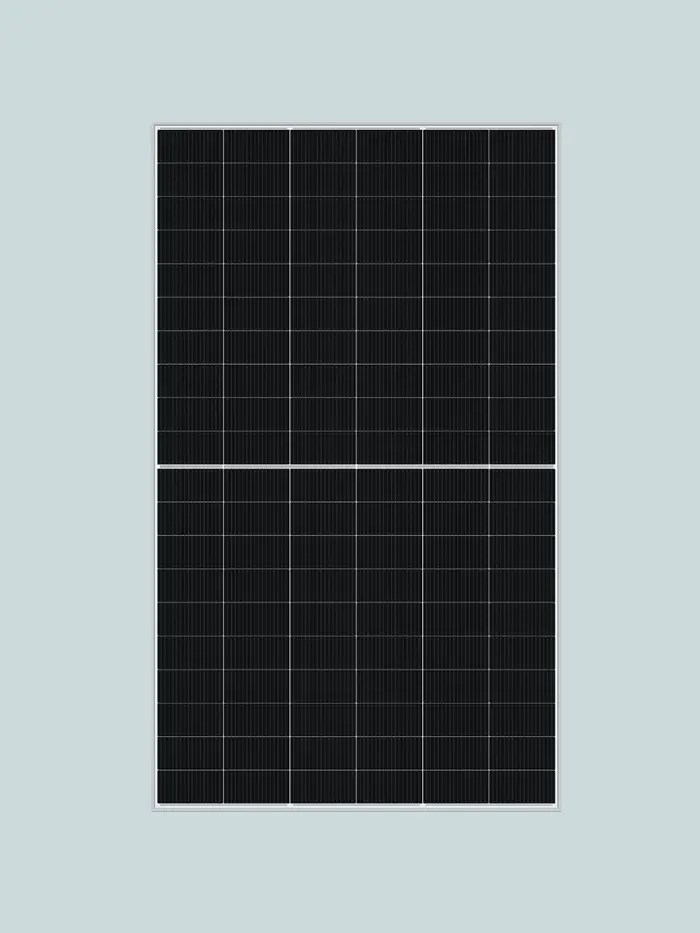
Glass-glass modules from SOLARWATT.
SOLARWAT Panel vision – our range of glass-glass modules – offer a high output and are durable and extremely robust against weather influences.
- Over 30 years of German design & development
- 30-year product & performance warranty, with guaranteed yields of at least 90% after year 30
- Class A fire rating, hail & ammonia resistance
- EPD Certified for environmental sustainability,
made in zero-carbon factories (<193 CO2 eq. emitted during production & transport) - Wide installer partner network across the
UK & Ireland
What are the different types of solar modules?
Tunnel Oxide Passivated Contact (TOPCon) solar cells
The term TOPCon stands for Tunnel Oxide Passivated Contact and describes the specific structure of a solar cell. The novel cell architecture was presented by researchers at the Fraunhofer Institute for Solar Energy Systems in Freiburg in 2013 , but it still took a few years until the first TOPCon modules came onto the market.
The basic idea of the TOPCon concept is that the metal of the connection contacts does not come into contact with the silicon layer. This prevents charge carrier recombination, which typically causes performance losses at the rear of the cell.
To prevent recombination, a very thin layer of silicon oxide (just a few nanometers) is applied to the surface of the solar cell. This SiO₂ layer passivates the surface, i.e. it blocks the passage of a type of charge carrier. However, the layer is so thin that the current can “tunnel through” quantum mechanically. In addition to this “tunnel layer”, another layer of highly doped silicon is inserted, which improves electrical conductivity and reduces transmission losses.
Monocrystalline / Polycrystalline (PERC) solar cells
The difference between monocrystalline and polycrystalline solar cells lies in the production process. While the silicon used to create monocrystalline cells is grown in a complex process, the silicon used to create polycrystalline solar cells can be heated and moulded into shape. Solar modules based on monocrystalline solar cells have a high efficiency of up to 22%. The efficiency of polycrystalline photovoltaic modules can be up to 20%. Both cell types are suitable for all applications. However, where there is limited space available on the roof, more energy can be generated using monocrystalline solar cells. Monocrystalline modules are more durable and, viewed over their lifetime, more economical than polycrystalline modules. However, polycrystalline modules are cheaper due to their simpler production.
PERC technology (PERC = passivated emitter and rear cell, or rear contact) can increase the efficiency of solar cells by 1% or more. The passivation of the emitter and rear contact increases the light absorption and reduces electrical losses.
Glass-glass or glass-foil modules
Aside from output and yield, mechanical strength and protection against environmental and weather influences are key considerations when choosing solar modules. Glass-glass modules are extremely robust, able to withstand considerable external influences, making them highly durable. They also offer very high yield stability. The result is that you can generate higher amounts of solar power from your roof for longer from your single investment.
The right solar module for every need
With such an abundance of offerings on the market, it can be hard to find the right solar panel for you. Consider the following questions to help you narrow down your selection:
- What output do you want to achieve?
- How much space is available?
- What should the system look like?
- Do you want to install an in-roof or on-roof system?
- What region do you want to install the system in?
- What level of self-sufficiency do you want to have with your PV system?
Solar modules by SOLARWATT
Solarwatt solar modules always achieve high outputs thanks to their proven premium quality. They are also resistant to external influences, which makes them very durable. This makes our photovoltaic systems especially suitable for use in the private sector and small businesses.
Solarwatt glass-glass modules come with a 30-year product and linear performance guarantee included. Thanks to the innovative design and lightweight construction with 2-mm-thick tempered glass, our glass-glass modules are just as easy to install as conventional modules.
Our glass-foil modules also provide the same premium quality that everyone is accustomed to from Solarwatt. These panels are constructed with high quality and offer the highest performance for this class.
